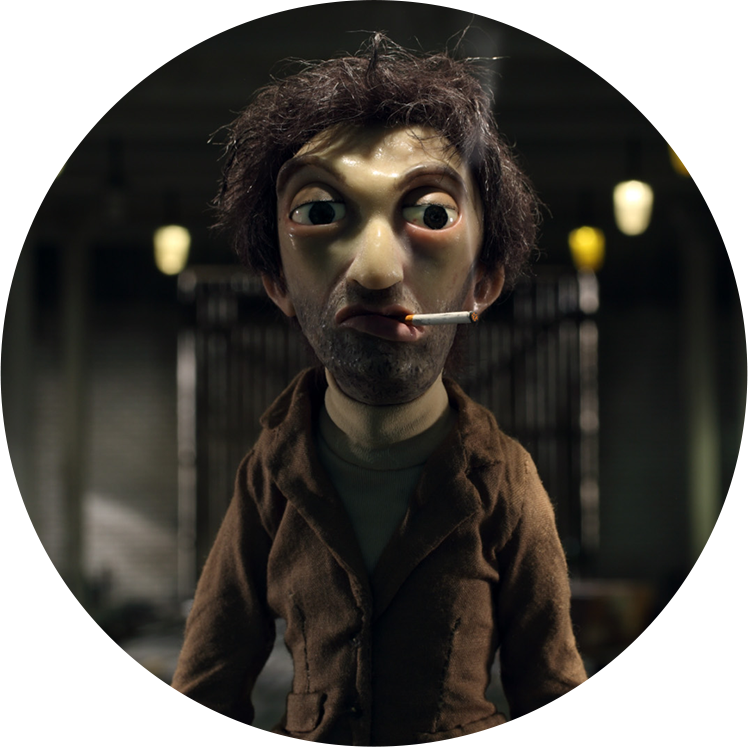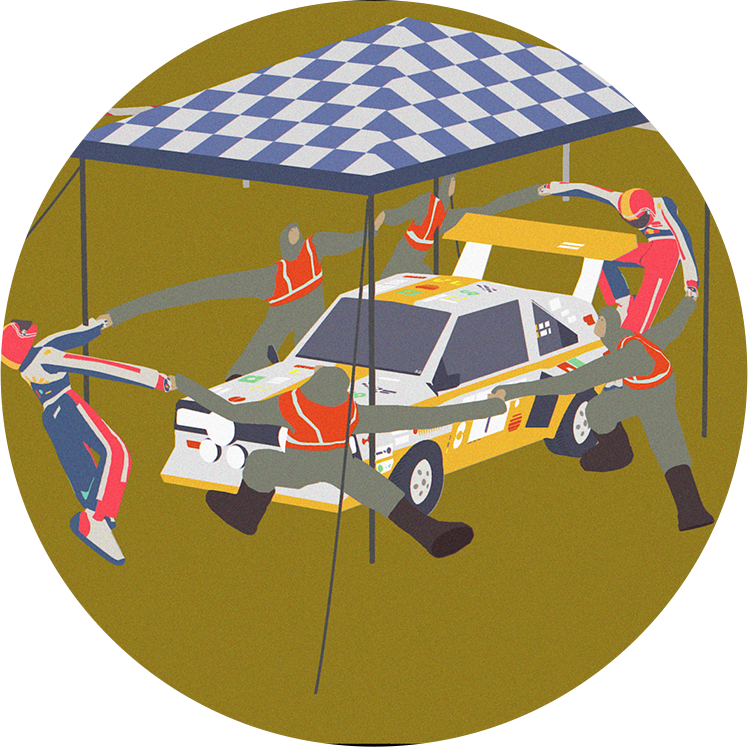
The Estonian animation scene, though small, has carved out a niche for itself within the broader European market with its art house and auteur-driven creations.
Historical evolution
Historically, Estonia’s animation industry was dominated by two major studios: Nukufilm and Eesti Joonisfilm. Nukufilm, founded in 1957, is renowned as the oldest continuously operating stop-motion studio in the world, specialising in art house and auteur animation.
Eesti Joonisfilm, on the other hand, has been pivotal in cell animation, blending caricature, absurd humour and multifaceted storytelling. These studios laid the groundwork for Estonia’s distinctive animation style, which often treats children like adults and vice versa, resulting in surrealistic scenes and a unique narrative voice.
In recent years, the industry has diversified with the emergence of companies focusing on bold, darkly humorous and authored films. This expansion signifies a shift from traditional methods to a more digital and independent production landscape, facilitated by advancements in technology and digital tools. The animation department at the Estonian Academy of Arts also plays a role in these developments.
Government support
Estonia’s animation industry is highly festival-oriented and benefits from government support, without which it would be unlikely to exist. The Estonian Film Institute and Cultural Endowment together provide just over €1m annually to fund animation projects. This funding, however, is competitive, with only the most promising projects receiving support. The industry also benefits from a system of tax breaks and rebates administered by Film Estonia.
Despite the support, the industry faces several challenges. High electricity prices and inflation have put economic pressure on animation studios. Moreover, while government funding is available, the Estonian Film Institute’s support typically covers only up to 70% of production costs, necessitating additional financing from national foundations and other sources. This reliance on diverse funding streams underscores the precarious nature of financing in the Estonian animation sector.
Estonia often participates in international coproductions, usually as a minority partner. These collaborations are essential for producing feature films that require market-oriented strategies and broad audience appeal. However, the focus on art house and auteur projects remains strong, reflecting the industry’s commitment to creative and innovative storytelling. Notable recent examples include A Most Exquisite Man, Sierra, Dog Apartment and Eeva.
Strong domestic cultural influence
Despite economic and production challenges, animation holds significant cultural influence in Estonia. National broadcasters like ETV do not produce local animation content, yet animation remains popular among young Estonians, many of whom are keen to study the art form. Their knowledge, however, tends to be limited to international works, highlighting a gap in the local industry’s visibility and influence.
Estonia hosts several animation festivals, with Animist Tallinn being a prominent event. Established in 2021, Animist Tallinn showcases contemporary animation and promotes creative thinking through lectures, workshops and interdisciplinary collaborations. Such festivals are crucial for distributing Estonian animation and enhancing its international profile.

The Estonian animation scene, though small, has carved out a niche for itself within the broader European market with its art house and auteur-driven creations.
Historical evolution
Historically, Estonia’s animation industry was dominated by two major studios: Nukufilm and Eesti Joonisfilm. Nukufilm, founded in 1957, is renowned as the oldest continuously operating stop-motion studio in the world, specialising in art house and auteur animation.
Eesti Joonisfilm, on the other hand, has been pivotal in cell animation, blending caricature, absurd humour and multifaceted storytelling. These studios laid the groundwork for Estonia’s distinctive animation style, which often treats children like adults and vice versa, resulting in surrealistic scenes and a unique narrative voice.
In recent years, the industry has diversified with the emergence of companies focusing on bold, darkly humorous and authored films. This expansion signifies a shift from traditional methods to a more digital and independent production landscape, facilitated by advancements in technology and digital tools. The animation department at the Estonian Academy of Arts also plays a role in these developments.
Government support
Estonia’s animation industry is highly festival-oriented and benefits from government support, without which it would be unlikely to exist. The Estonian Film Institute and Cultural Endowment together provide just over €1m annually to fund animation projects. This funding, however, is competitive, with only the most promising projects receiving support. The industry also benefits from a system of tax breaks and rebates administered by Film Estonia.
Despite the support, the industry faces several challenges. High electricity prices and inflation have put economic pressure on animation studios. Moreover, while government funding is available, the Estonian Film Institute’s support typically covers only up to 70% of production costs, necessitating additional financing from national foundations and other sources. This reliance on diverse funding streams underscores the precarious nature of financing in the Estonian animation sector.
Estonia often participates in international coproductions, usually as a minority partner. These collaborations are essential for producing feature films that require market-oriented strategies and broad audience appeal. However, the focus on art house and auteur projects remains strong, reflecting the industry’s commitment to creative and innovative storytelling. Notable recent examples include A Most Exquisite Man, Sierra, Dog Apartment and Eeva.
Strong domestic cultural influence
Despite economic and production challenges, animation holds significant cultural influence in Estonia. National broadcasters like ETV do not produce local animation content, yet animation remains popular among young Estonians, many of whom are keen to study the art form. Their knowledge, however, tends to be limited to international works, highlighting a gap in the local industry’s visibility and influence.
Estonia hosts several animation festivals, with Animist Tallinn being a prominent event. Established in 2021, Animist Tallinn showcases contemporary animation and promotes creative thinking through lectures, workshops and interdisciplinary collaborations. Such festivals are crucial for distributing Estonian animation and enhancing its international profile.



 Animation in Estonia
Animation in Estonia